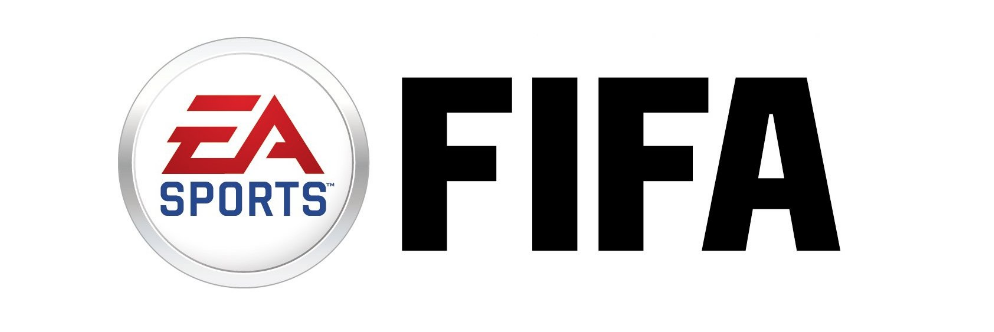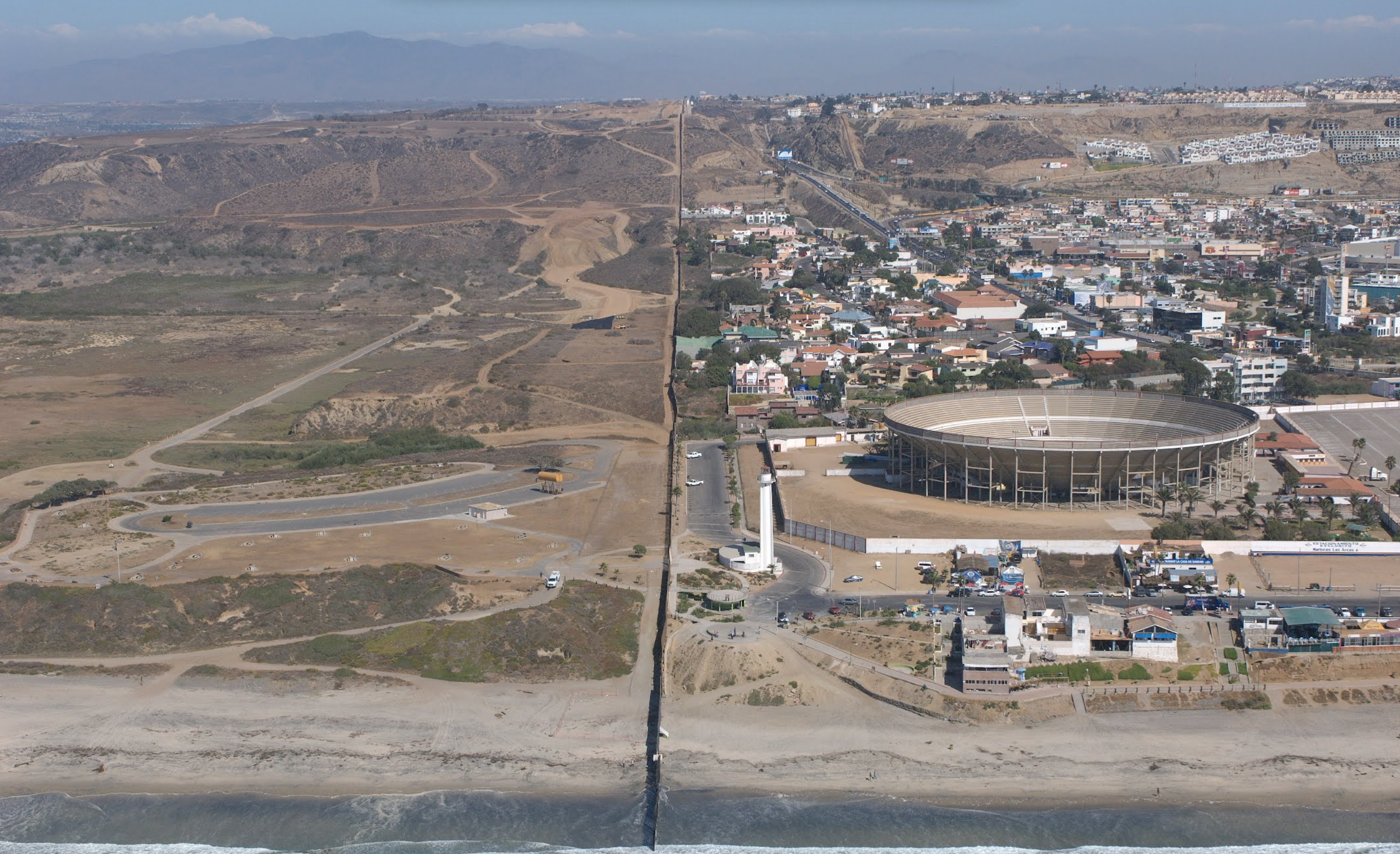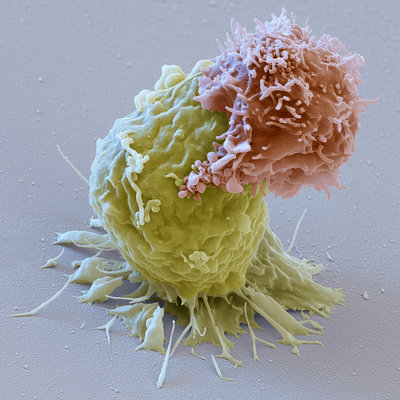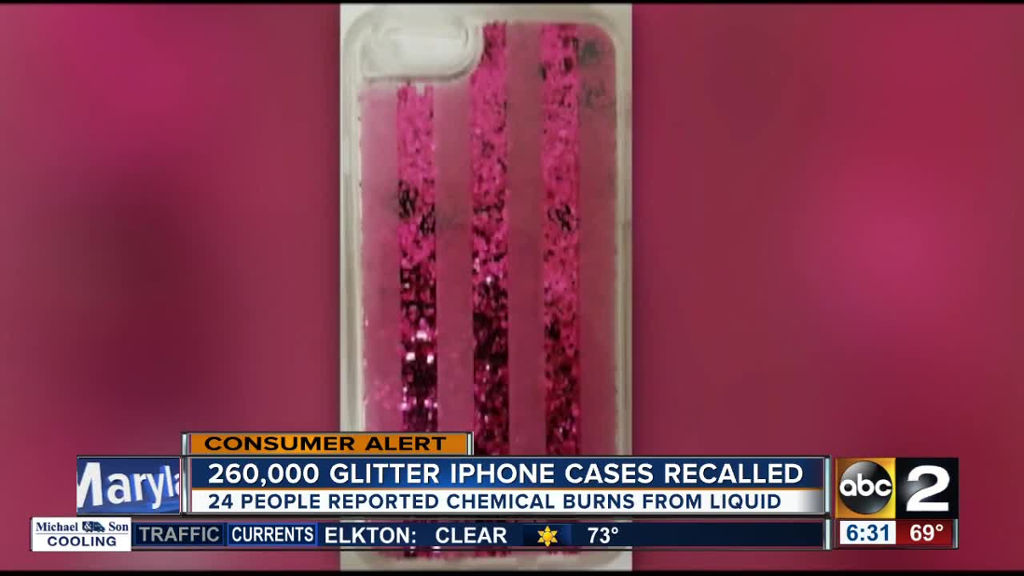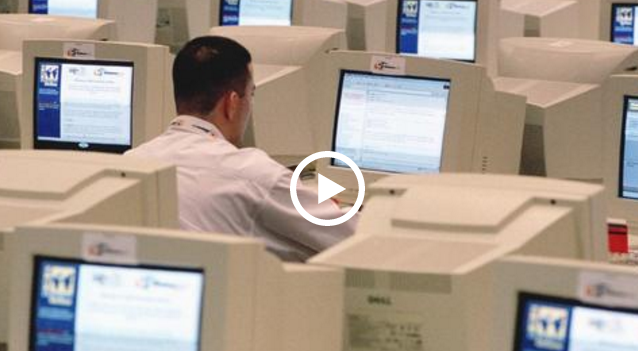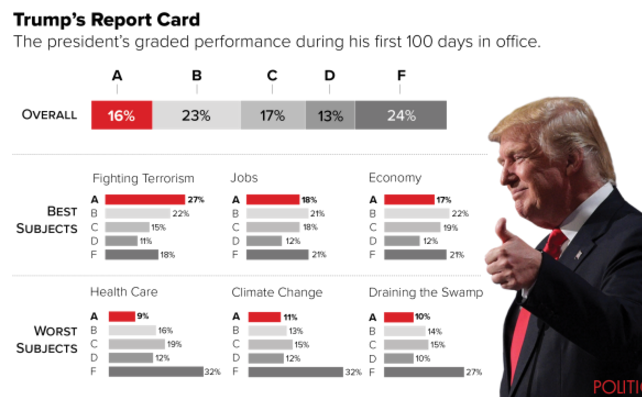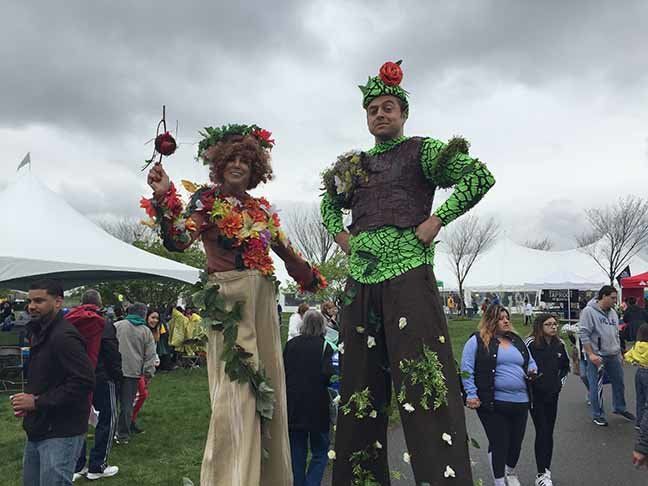- High-risk drinking rose about 30% between 2001-2002 and 2012-2013.
- Heavy drinking can cause high blood pressure, heart problems, stroke, cancer and infections, and liver problems.
- These biggest increases were seen among women, older adults, minority groups, and people with low education or income levels.
Americans are drinking too much.
High-risk drinking among US adults increased about 30% between 2001-2002 and 2012-2013, according to a new study. The proportion of Americans developing alcohol dependence, the study said, could be considered a “public health crisis.”
Increases in drinking were greatest among women, older adults, racial and ethnic minorities and people with lower levels of education and income, the study found.
The fact that many of these groups are less likely to have health coverage is “particularly alarming,” University of California San Diego professor Marc Schuckit wrote in an accompanying editorial.
How much is too much
The study defined high-risk drinking as regular consumption of four drinks a day for women or five for men.
“Light drinking has been shown to be helpful for people’s health overall, but heavy drinking can lead to some harms and impairment,” Deborah Hasin, the study’s lead author and a Columbia University professor, said.
Heavy drinking and alcohol use disorders are risk factors for health issues such as high blood pressure, heart problems, stroke, cancer and infections, Hasin and colleagues wrote in the medical journal JAMA Psychiatry. In 2010, excessive drinking cost the US almost $250 billion, largely due to health costs. In the new study, the authors found that deaths from alcohol-related cirrhosis rose dramatically between 2009 and 2013 for the first time since the 1970s.
Past studies have found that alcohol use in the United States declined or remained stable between the 1970s and early 1990s. But after that point, drinking rates started to rise significantly, with high-risk drinking rising slightly.
The new findings are based on face-to-face interviews with nationally representative samples of adults in 2001-2002 and 2012-2013. Because people tend to under-report consumption, especially as the amount of alcohol consumed increases, it’s possible consumption levels could be even higher than found in this study.
The proportion of adults who said they’d consumed alcohol over the previous year increased from about 65% to about 73% during the study period. Those who said they had more than four or five alcoholic beverages in one sitting also increased from about 10% to about 13%, researchers found.
 Getty Images
Getty Images
The number of American adults with an alcohol use disorder (defined as a dependence on alcohol) increased nearly 50% during the period studied, researchers found — from about 9% to about 13% of the population.
The researchers also wrote that moderate drinking doesn’t seem to cause alcohol use disorder rates to rise nearly as much as heavy drinking does.
“People need to really take some of the information about the potential harms of heavy drinking into account when determining when and how much to drink,” Hasin said.
“Policymakers and health professionals need to be aware of this, too,” she added.
A worsening problem?
The study does not explain why alcohol drinking and abuse increased, but researchers suggest some explanations could include changing social norms and alcohol consumption as a coping device.
In his editorial, Schuckit wrote that proposed cuts to the National Institutes of Health budget could make it harder to monitor growing alcohol use problems and could limit efforts to intervene for people at risk. Interventions can help limit binge drinking and lower drinking rates during pregnancy, which can have a significant impact on health, he wrote.
Further, Shuckit wrote that any change to the health insurance industry that causes people to lose coverage could cause this and other problems to escalate. In particular, he pointed out that growing alcohol use disorders join the opioid epidemic as a broader societal struggle with substance-related problems.
“My view is that if we ignore these problems, they will come back to us at much higher costs through emergency department visits, impaired children who are likely to need care for many years for preventable problems, and higher costs for jails and prisons that are the last resort for help for many,” he wrote.
(Reuters reporting by Andrew Seaman)





